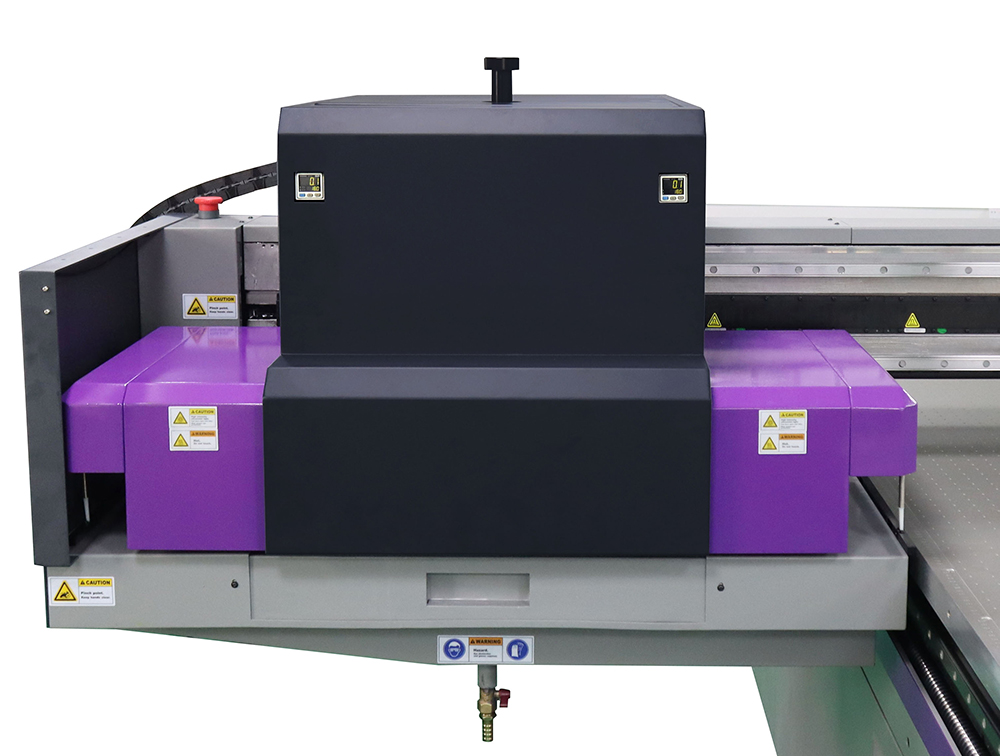UV Flatbed Printer: Cost-Effectiveness and ROI Analysis
UV Flatbed Printer: Cost-Effectiveness and ROI Analysis
In the realm of digital printing, UV flatbed printers have emerged as a versatile and efficient solution for various industries, including advertising, packaging, and signage. These printers offer high-quality prints on a wide range of materials, from rigid substrates like glass, metal, and plastic to flexible ones such as textiles and leather. The adoption of UV flatbed printers has been fueled by their ability to produce durable, vibrant prints with quick turnaround times. However, the decision to invest in such technology requires a thorough analysis of its cost-effectiveness and potential return on investment (ROI). This article delves into the financial considerations surrounding UV flatbed printers, exploring their initial costs, operational expenses, revenue generation potential, and ultimately, their ROI.

Initial Investment Costs
The initial investment in a UV flatbed printer is a significant consideration for any business. These machines are available in various sizes and configurations, with prices ranging from tens of thousands to hundreds of thousands of dollars. The cost is influenced by factors such as print bed size, print resolution, print speed, the number of print heads, and whether the printer is equipped with additional features like automatic material handling or variable spot size technology.
Larger printers with advanced features generally command higher price tags but offer the capability to handle more diverse and larger print jobs, potentially increasing productivity and revenue potential. Smaller, entry-level models, while less expensive, may have limitations in terms of print size and speed, which could impact the volume and types of jobs a business can undertake.
Operational Expenses
Operational expenses associated with UV flatbed printers include ink, maintenance, power consumption, and, in some cases, the cost of additional equipment like curing units or material handling systems. UV inks, which are cured instantly by UV light, are generally more expensive than traditional inks but offer advantages such as improved durability and resistance to fading. Regular maintenance, including cleaning print heads and replacing worn parts, is crucial to ensure consistent print quality and avoid downtime.
Power consumption can be significant, especially for larger printers with high-powered UV curing systems. However, the energy efficiency of modern UV flatbed printers has improved, and some models incorporate features to reduce power consumption during idle periods.
Revenue Generation Potential
The revenue generation potential of a UV flatbed printer is vast, given its ability to print on a wide array of materials and produce high-quality, durable prints. Businesses can diversify their service offerings, catering to clients in sectors such as retail, event management, automotive, and interior design. The demand for personalized and customized products is on the rise, and UV flatbed printers enable the production of unique items with short turnaround times.
Moreover, the versatility of these printers allows for the creation of prototypes, signage, and promotional materials, further broadening the revenue streams. The ability to offer short-run, on-demand printing is particularly valuable in today’s fast-paced business environment, where adaptability and quick response times are crucial.
Return on Investment (ROI) Analysis
Calculating the ROI of a UV flatbed printer involves comparing the initial investment and ongoing operational costs against the revenue generated over a specific period. The timeframe for achieving a positive ROI can vary widely depending on factors such as the printer’s utilization rate, the pricing strategy for services, the mix of jobs undertaken, and the overall market demand.
To conduct a basic ROI analysis:
Estimate Initial Investment: Include the cost of the printer, any additional equipment, installation, and training.
Calculate Annual Operational Costs: Consider ink, maintenance, power consumption, and any other recurring expenses.
Estimate Annual Revenue: Based on the printer’s capacity, expected utilization rate, and service pricing.
Determine ROI Timeframe: Subtract the total initial investment and annual operational costs from the annual revenue, and divide the result by the initial investment to get the annual ROI percentage. The number of years required to reach a 100% ROI can then be calculated.
It’s important to note that ROI calculations are sensitive to changes in assumptions, such as utilization rates and service pricing. Therefore, conducting a sensitivity analysis to understand the impact of varying these assumptions on the ROI timeframe is advisable.
Additional Considerations
While the financial analysis provides a quantitative assessment, there are qualitative factors to consider when evaluating the cost-effectiveness of a UV flatbed printer. These include:
Enhanced Capabilities: The ability to offer unique services or products that were previously unattainable can lead to competitive advantages and new business opportunities.
Customer Satisfaction: High-quality, durable prints can enhance customer satisfaction and loyalty, leading to repeat business and positive word-of-mouth referrals.
Efficiency and Productivity: Automated features and fast print speeds can reduce labor costs and increase overall productivity, freeing up resources for other business activities.
Environmental Impact: UV inks are generally more environmentally friendly than traditional solvent-based inks, which may be a consideration for businesses prioritizing sustainability.
Conclusion
Investing in a UV flatbed printer represents a significant financial commitment, but the potential for cost-effectiveness and a favorable ROI is compelling. By carefully analyzing initial costs, operational expenses, revenue generation potential, and considering qualitative factors, businesses can make informed decisions about whether and how to integrate this technology into their operations. With the ability to produce high-quality, durable prints on a wide range of materials, UV flatbed printers offer opportunities for growth, diversification, and enhanced customer satisfaction, making them a valuable consideration for businesses seeking to stay competitive in today’s dynamic market.
